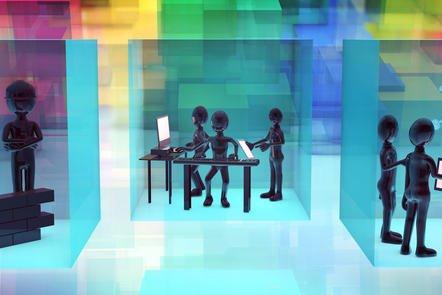
This course does not have open access anymore.
You will be aware of the importance of being able to blend digital methods into your teaching. These methods will help your learners become familiar with the digital workplaces they will be joining.
What topics will you cover?
- Definitions of blended learning.
- The impact of digital technology on teachers and learners.
- Pedagogical theories and teaching approaches that underpin blended learning, including constructivism, social constructivism, and problem-based learning.
- Digital technologies available to support blended learning in formal and informal learning scenarios.
- The role of Virtual Learning Environments (VLEs) and how to use them effectively for blended learning.
- The role of open tools in blended learning.
- Open educational resources (OERs): what they are, how they can be used, and where to find them.
- Processes for blended learning design, including curriculum and instructional design. The role of the DADDIE model in planning and evaluating blended learning. Story-telling and story-boarding techniques for developing digital learning.
- The role of assessment in the curriculum design process. Different approaches for using technology to support assessment and feedback.
- The benefits and challenges of ‘flipped’ learning. Approaches to designing a flipped lesson.
- Collaboration in blended learning, including the use of discussion forums, synchronous collaboration, and social media.
- How to design and review a blended learning activity.
- The digital skills learners need to equip them for the modern workplace, and how learners can be supported in developing these skills.
- The importance of inclusive teaching practices. The value of making education and training more accessible for learners.
- The demand for flexible learning, and the role of digital technology in making teaching and learning more flexible.
What will you achieve?
By the end of the course, you'll be able to...
- Identify ways in which new technology can contribute to the difficult challenges facing the VET, FE and Skills sector.
- Evaluate the many free or affordable tools now available to enhance teaching and learning.
- Apply your knowledge of blended learning to develop training materials using appropriate technologies.
- Evaluate a variety of effective blended learning approaches and apply the most suitable to your delivery in order to improve the learners' experience and attainment.
